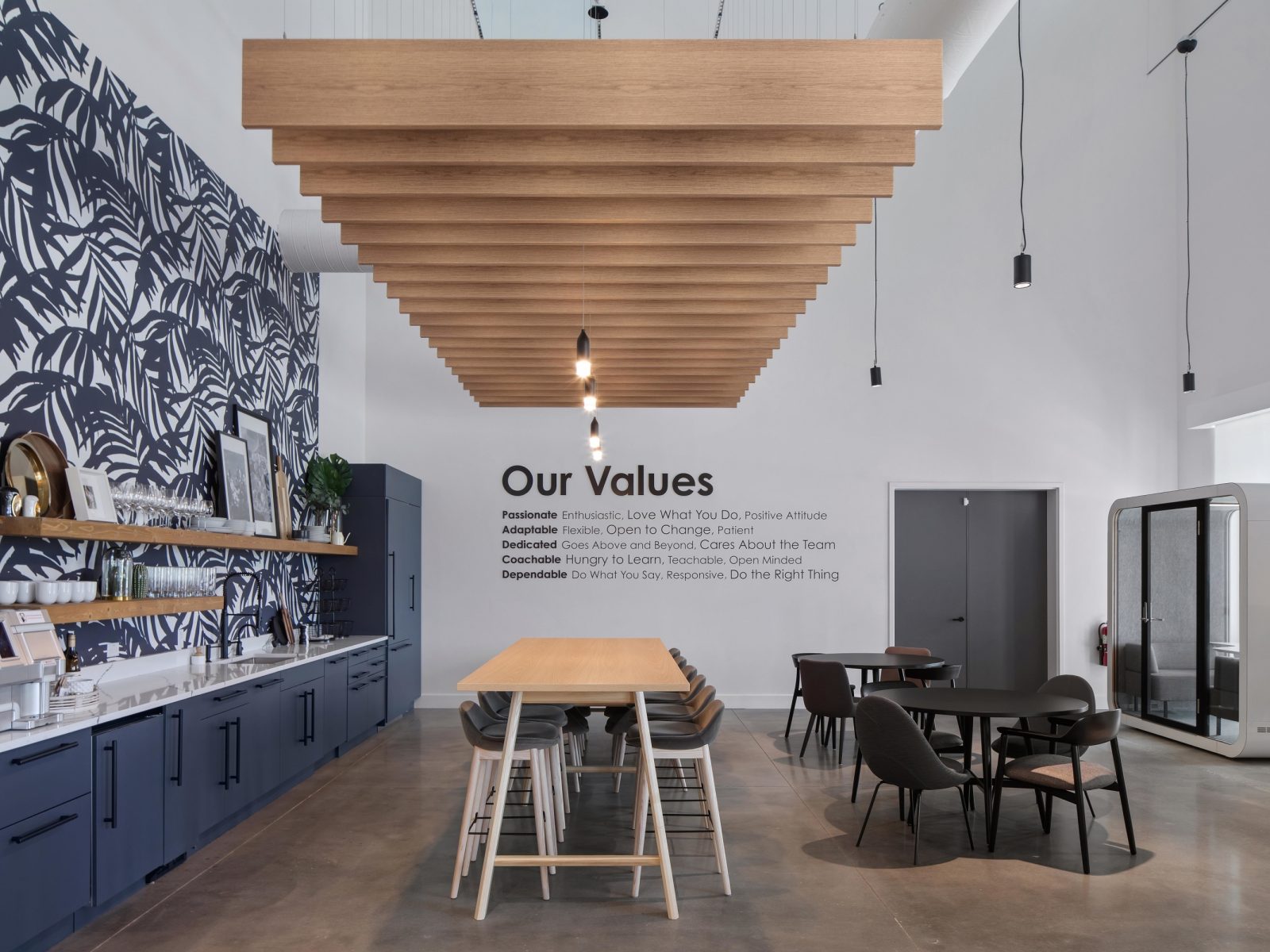What Does ‘User Adaptability’ Really Mean?
The workplace has been changing for decades, but a virus changed the landscape of the office overnight. Many organizations scrambled to implement safer work environments to limit the spread of COVID-19 and keep workers healthy.

This focus on health has now extended beyond preventing illness and into promoting employee well-being. One aspect of employee well-being is having an environment that adapts to your workers’ needs.
What is considered adaptable or flexible has changed significantly. Previously, if facilities or a maintenance team could reconfigure the space for different uses, it was considered flexible. This isn’t enough to keep pace with competitive workplaces currently.
Introducing User Adaptability
The need now goes beyond the occasional facilities adjustment to “User Adaptability”. This means giving the workers within the space the power to adapt their surroundings easily and regularly. No more calling facilities to move desks around for a new employee.
Now, spaces should be fluid enough that the environment varies with the type of work. For example, a common area should be able to fit your teams when they are in ideation mode and in presentation mode. Empower your people with the tools to reshape spaces to allow the most effective and productive work.
While this is still an emerging line of thought, there are furniture lines that can accommodate levels of user adaptability. Lines such as OE1 from Herman Miller are designed to quickly change layouts daily or even multiple times throughout the day to meet needs of workers.













